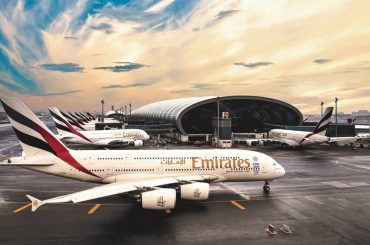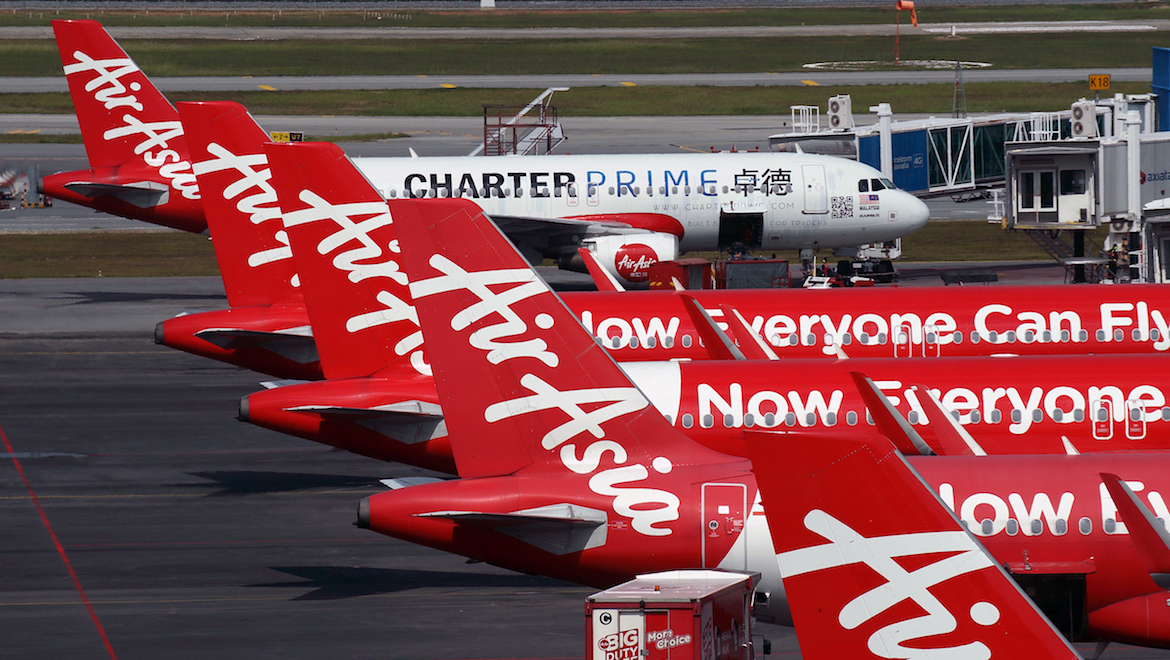To mark the 25-year anniversary of the first flight of the Boeing 777 program on June 12, 1994, this week’s feature from the Australian Aviation archives comes from January/February 2012, when Geoffrey Thomas wrote about the 1000th delivery of the type.
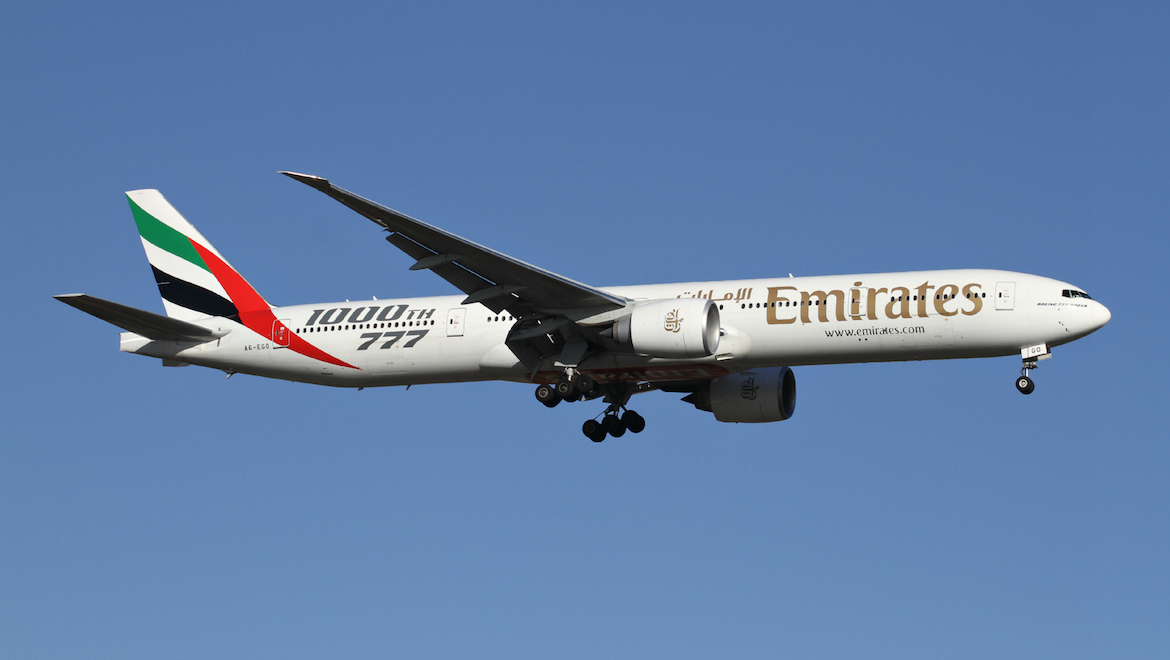
In March Boeing will deliver the 1000th of its giant killer, the 777 – a -300ER model – and tellingly it will be the 102nd for another titan of the industry, Emirates, which is sweeping all before it across the globe.
In fact, in that week in March Emirates will launch a new service to Seattle from Dubai and take delivery of three 777‑300ERs, its 100th, 101st and 102nd.
In its market category the 777 reigns supreme with sales to December 1 2011 at 1,345 – more than double that achieved by its competitors, the three engine MD-11 (200) and the four engine A340 (375) which are now both out of production.
The giant twin underscores the famous quote from Donald Douglas Snr who said that “every major advance in aviation has been the result of developments of the aircraft engine”.
However, the 777 was not always a twin and started life as a DC-10 look-alike in the late 1970s before evolving into a very weird 767 with a rear double deck borrowed from the 757. That version brought howls of laughter from Cathay Pacific executives, who described the double deck 767 as the “hunchback of Mukilteo” (the small town near Everett). That was the final straw and Boeing moved to an all new design.
The basic 777-200 was launched in October 1990, flew for the first time on June 12 1994, and the first was handed over to United Airlines in May 1995. The stetched 777-300 first flew in October 1997 and entered service in May 1998.
#OTD in 1994, the world watched as @BoeingAirplanes 777 took to the skies for the first time. The 777 is going strong today and is still loved by airlines and passengers alike. Look forward to seeing the #777X take off from the same runway in Everett, this Year. pic.twitter.com/VAXVYv2JED
— Boeing 777X (@b777xlovers) June 12, 2019
First flight of the @Boeing 777 was 20 years ago today(ish) – Sunday 12th June, 1994 🙂 pic.twitter.com/heFvZxNOIO
— Flight (@flightorg) June 13, 2016
By that time Boeing was grappling with a new version of the 777, with a Singapore Airlines requirement for a version that would fly from Singapore to Los Angeles non-stop as the benchmark.
Boeing’s efforts to launch the “next generation” developments of the 777 dated back to October 1995, when Boeing presented its 777X plans to 14 international airlines.
Those studies also included a truncated model, the 777-100, with 12 frames removed that would have made the aircraft 6.4m shorter than the -200.
All models were to use 98,000lb thrust class engines which would have been modest increases on current engines.
Most airlines turned their noses up at the variant’s performance and Boeing went through exhaustive studies to try and tweak more range and payload.
At one stage, that included a small booster engine (7000lb) located in the tail for takeoff. This was also to double as the aircraft’s APU and thus was called the auxiliary power and thrust unit (APTU).
However, what was needed was higher thrust engines, a point emphasised by Emirates president Tim Clark who told the author in 1999 that he was pleading with Boeing to “give him a decent engine” for the hot Dubai conditions.
Clark got his wish in the form of the monstrous 115,000lb General Electric GE90-115B – the world’s most powerful jet engine – which gave rise to the ultra long range 777‑200LR, the -300ER, and most recently the 777 Freighter.
The impact of the decision was far reaching, with sales of all three aircraft to December 1 2011 standing at no fewer than 756, made up of -300ERs (587), -200LRs (50) and 777Fs (119).
To meet the surge in demand in recent years Boeing increased production from five aircraft per month in 2010 to seven per month by mid 2011, with plans to reach 8.3 per month by early 2013.
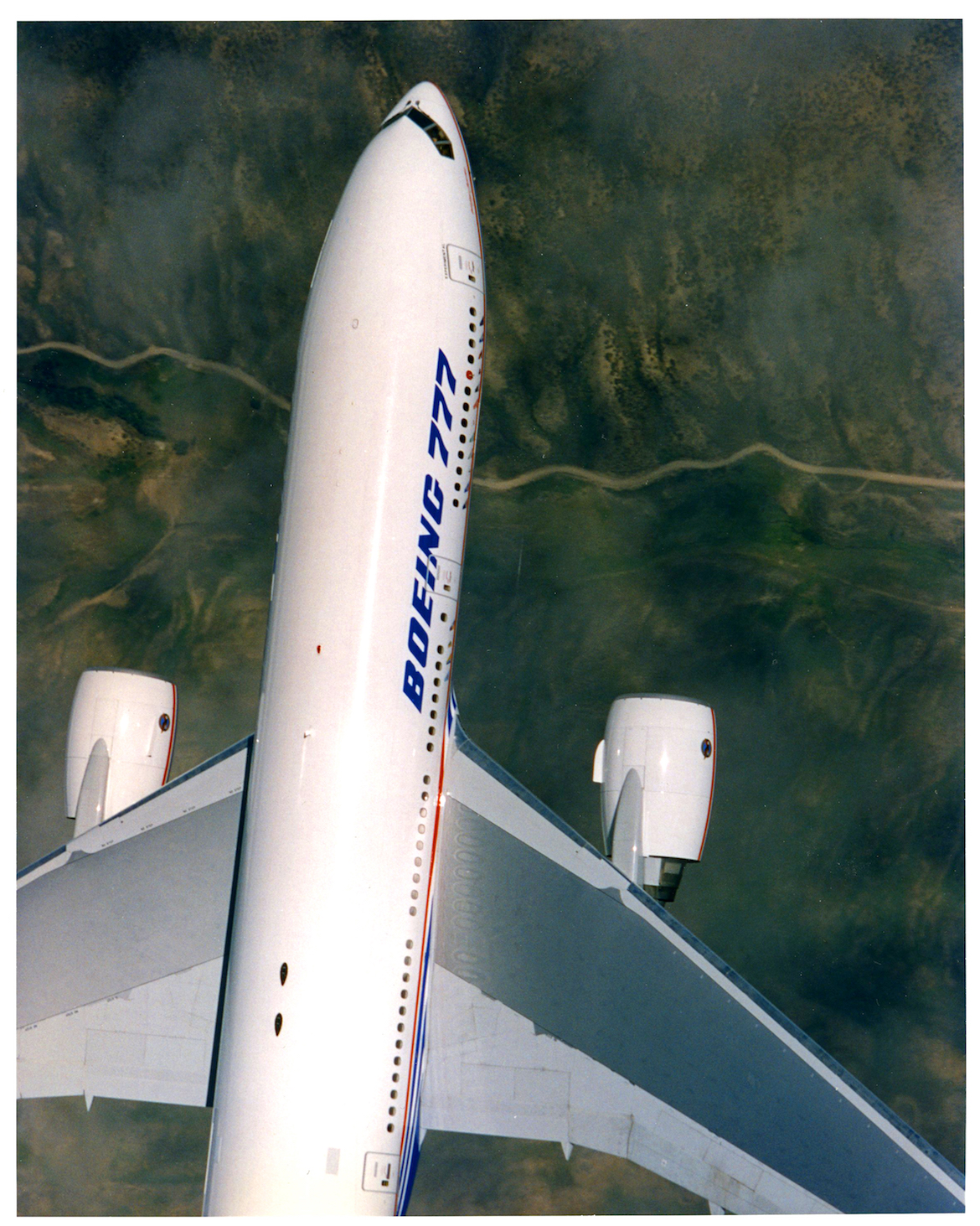
Beyond 1000
Much of the international airline world is very much focused on what Boeing will do to improve the aircraft.
According to airline consultancy Aspire Aviation, the launch date for a major revamp of the 777, the so-called 777X, is 2013 with an entry into service of 2019. Two models have been designated the 777‑8X and 777-9X, being upgraded versions of 777-200LR and 777-300ER respectively.
Boeing is tight lipped on what the 777X series will be, but Emirates’ Clark told Australian Aviation in Dubai in November that the further development of the 777 is looking very good.
“Mind you, it is one thing to talk about what you can do, another to guarantee it,” Clark said.
But one thing is clear – a great deal of the pain and lessons from the 787 program will find their way onto the 777X.
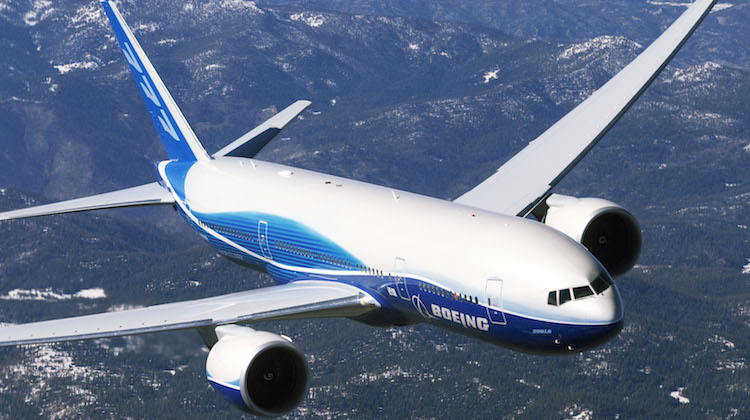
There seems little doubt that the 777X will sport a new derivative of the GE90 engine providing around 100,000lb of thrust, a new composite wing similar to the supercritical wings found on the 787 and the 747-8, and more extensive use of composites in the fuselage to strip more weight out.
Aspire Aviation says these changes would result in the 777-9X delivering a 10 to 15 per cent fuel burn improvement per seat over the existing 777-300ER. It adds that the centrepiece of the fuel burn improvement will come from a new engine.
The new engine would incorporate all the GEnx features such as the twin annular pre-mixing swirler II (TAPS II) technology, as well as the composite variable-bleed valve ducts at the exit of the booster stage. Aspire says Boeing is targeting a 10 per cent improvement in the engine’s SFC.
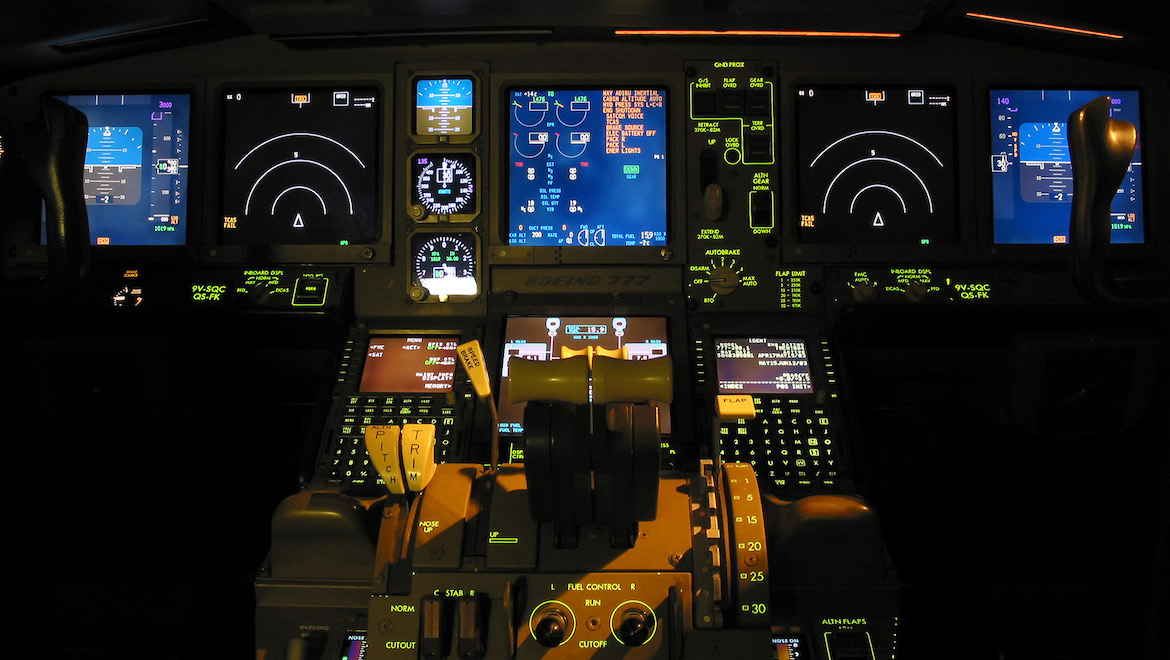
According to Aviation Week and Space Technology’s Los Angeles bureau chief Guy Norris, the new engine is being called the GE9X.
There is also considerable discussion about a small stretch of the 777 to lift the seat count by between 15 and 25 passengers to a three class 390. Norris says that the discussion revolves around either a small stretch, or some internal rework of the cabin to allow another seat row while making the cabin up to 10cm wider.
Boeing, of course, may well do both.
According to Norris, the composite wing is alive and well and will be some “10 to 20 per cent lighter than the existing wing”.
These changes are likely to result in a decrease in MTOW from the existing 352 tonnes to 342 tonnes says Aspire. This compares with the A350-1000’s 308 tonnes.
One of the changes in the wing, says Flightglobal’s Jon Ostrower, is to grow the wing span from the current 65m to as much as 71.3m, which is 3.05m wider than the 747-8.
He also suggests, after several interviews with interested parties, that the GE9X engine will have a 325cm diameter fan with a lower 99,500lb thrust, a reduction of 15,500lb from the 343cm GE90-115B, and will have ceramic matrix composites for the turbine section.
According to Ostrower the “larger wing and its increased lift to drag ratio, coupled with the a 10 per cent improvement in specific fuel consumption for the GE9X engine, along with material improvements across the aircraft, would aim to improve fuel burn by 15 percent on a per seat basis.”
These numbers tally with what Emirates’ Clark believes the end game will look like.
Ostrower adds that Boeing is also thinking that the 777-8X would be sized between the current -300ER and -200LR.
A significant part of the plan would be a 787 makeover of the cabin with LED lighting and larger overhead bins.
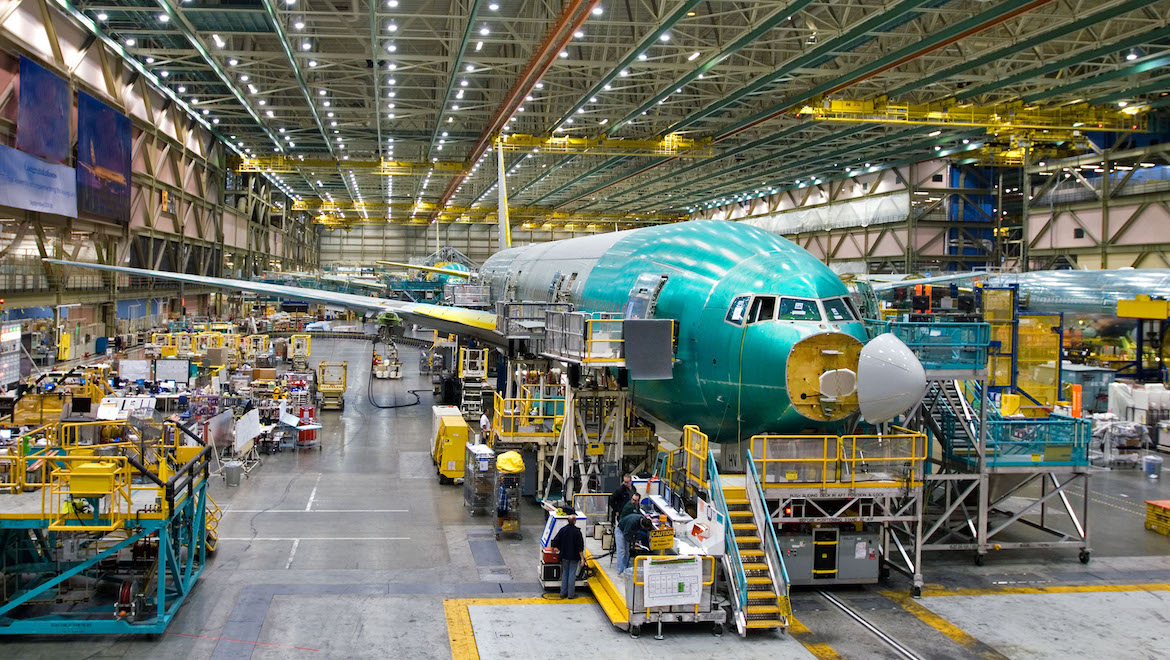
The value case
Airfinance Journal’s Annual Investor and Operator Poll for 2011 was an almost unprecedented clean sweep for the 777‑300ER, an amazing feat for a wide-body aircraft as normally these polls are dominated by the 737-800 and A320 types.
The 777-300ER tied with the A320neo for ‘Operators Best Residual Value’, while the 777-300ER pipped the A320neo for ‘Operators Best Value for Money’. In the ‘Operational Success’ stakes, again the 777-300ER was first over the A320 and 737-800.
From the investors perspective, the 777‑300ER ranked first over the 737-800 in ‘Best Residual Value’, while the two aircraft swapped places in the ‘Best Remarketing Potential’ stakes.
An investment banker told Airfinance Journal that “the best widebody out there is the 777-300ER.
“This is a tremendous aircraft that offers good value for money and good residual values.”
Not surprisingly, the A330 was Airbus’s best widebody. Like the 777-300ER it dominates its sector of the market, pushing the 767-300ER into oblivion as a passenger platform. In most of the categories it scored a fourth or fifth position – typically behind the various 737 and A320 models.
And so often, the true value of an aircraft cannot be measured just in ASKs.
Reliability, particularly as passengers become more demanding, is critical, and here the 777 excels as the most reliable widebody and only pipped by the 737NG as the most reliable overall. That reliability translates into lower maintenance costs and fewer costly diversions.
And then there are indications that the A350 program is going to suffer some of the 787’s travails, which would play into Boeing’s hands. Just as Airbus has sold many A330s on the back of 787 delays, Boeing looks set to sell additional 777s as an insurance against late deliveries of the A350. [vc_gallery interval=”0″ images=”44512,65082,9950,63137,62066,64480,65739,47653,46736,2009,65089,54960″ img_size=”750×420″ title=”A gallery of Boeing 777s”]
Emirates’ Clark told Australian Aviation that one of the factors in the 50 777 buy announced in November was insurance against delays in the A350.
“We do not want to be caught out with a capacity shortfall,” he said.
Earlier in November, Airbus confirmed that it had pushed back entry into service (EIS) of its A350-900 aircraft by six months to the “first half of 2014” owing to the “late availability of some key parts”.
That was the second delay for the A350, as at the Paris Airshow in June Airbus announced it had pushed back EIS for the A350-1000 to 2017 from 2015 and delayed the -800’s entry into service to 2016 from 2014.
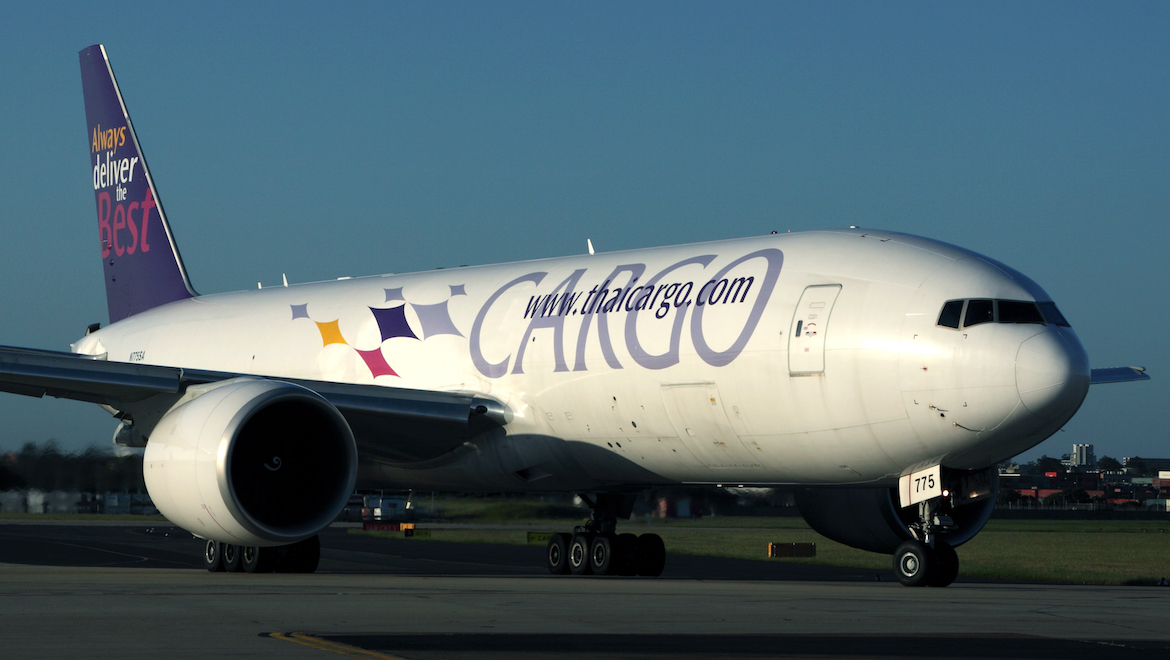
New York based Bernstein Research (BR), which has accurately predicted the delays with the 787, says that the “A350 situation at Airbus looks increasingly challenging, particularly after Emirates elected to order delivery of 777s spread over 2015‑20.
“Based on our airline discussions in Dubai, we believe that A350 delays could extend beyond the current schedule, with the need for substantial weight reduction,” BR said in a client report. “We have moved back our first A350‑900 delivery by six months from our prior model, so that first delivery is expected in mid 2015.”
BR said that airlines in the Middle-East region also remain concerned that the A350-1000 may not be as large as desired and that it could fall short on specific performance metrics.
“It appears that the A350 issues have weighed on negotiations for other aircraft, with Qatar Airways the prime example.”
BR added that the outlook for Boeing’s 777 is strengthened by orders in Dubai and delays on the A350.
“Boeing’s 777 program appears to be benefiting from concerns about the availability and ultimate performance of the A350 and has performed very well for airlines in the region with high dispatch reliability.”
Not surprisingly, BR says that “the positive experience with the 777 also makes it a low risk option compared to an all-new aircraft.”
This is the same message that Tim Clark is giving to the aircraft manufacturers. “Give me something that works!”
And that, to date, has been the 777.
VIDEO: A look at the first Boeing 777 flight from Syed Hasan Atizaz’s YouTube channel.
This story first appeared in the January/February 2012 edition of Australian Aviation. To read more stories like this, become a member here.

